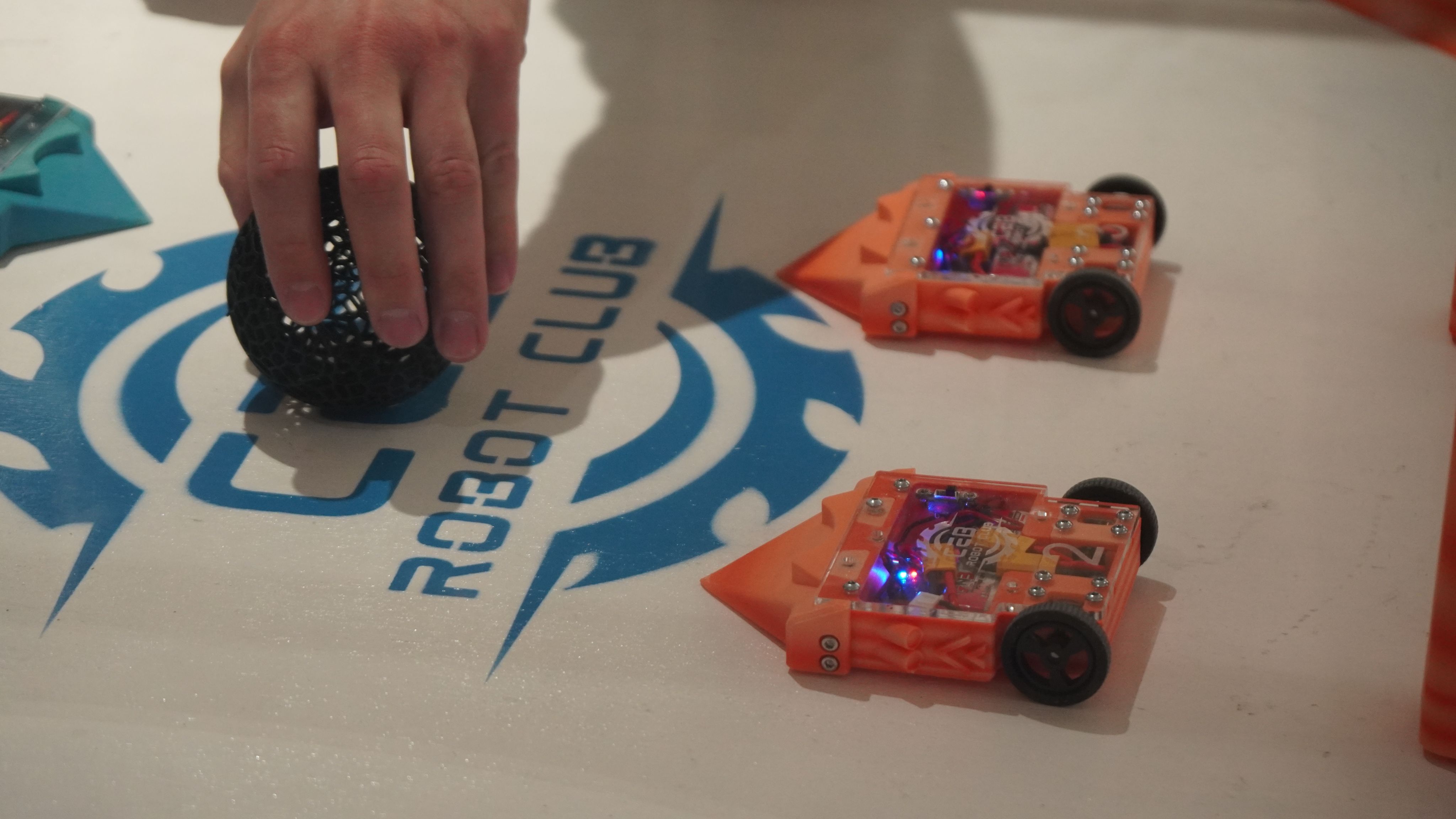The Cambridge Festival 2025

Big bang with record-breaking turnout

The Department of Chemical Engineering and Biotechnology (CEB) welcomed a record-breaking 917 visitors for this year’s Cambridge Festival, the highest-ever turnout for the department.
The place was buzzing, with a packed Atrium and lively, engaged crowds exploring a wide range of interactive and thought-provoking activities. From renewable energy experiments to futuristic smart homes and explosive chemical demos, the day was a celebration of curiosity, creativity and cutting-edge science.
Event organiser Elena Gonzalez, marketing and outreach assistant at CEB, said: “The volunteers were amazing, they worked tirelessly to deliver engaging, insightful demonstrations and highlight the department’s cutting-edge research.
“Feedback has been fantastic.”
When life gives you bubbles, make ‘elephant toothpaste’
Our younger visitors were drawn to the hands-on introduction to chemistry with the crowd favourite ‘elephant toothpaste’ demonstration.
The fun experiment uses basic chemical reactions to create a foamy eruption, that resembles an elephant trunk – a perfect way to spark interest in the wonders of science, and a fun way to set the tone for the day’s activities.
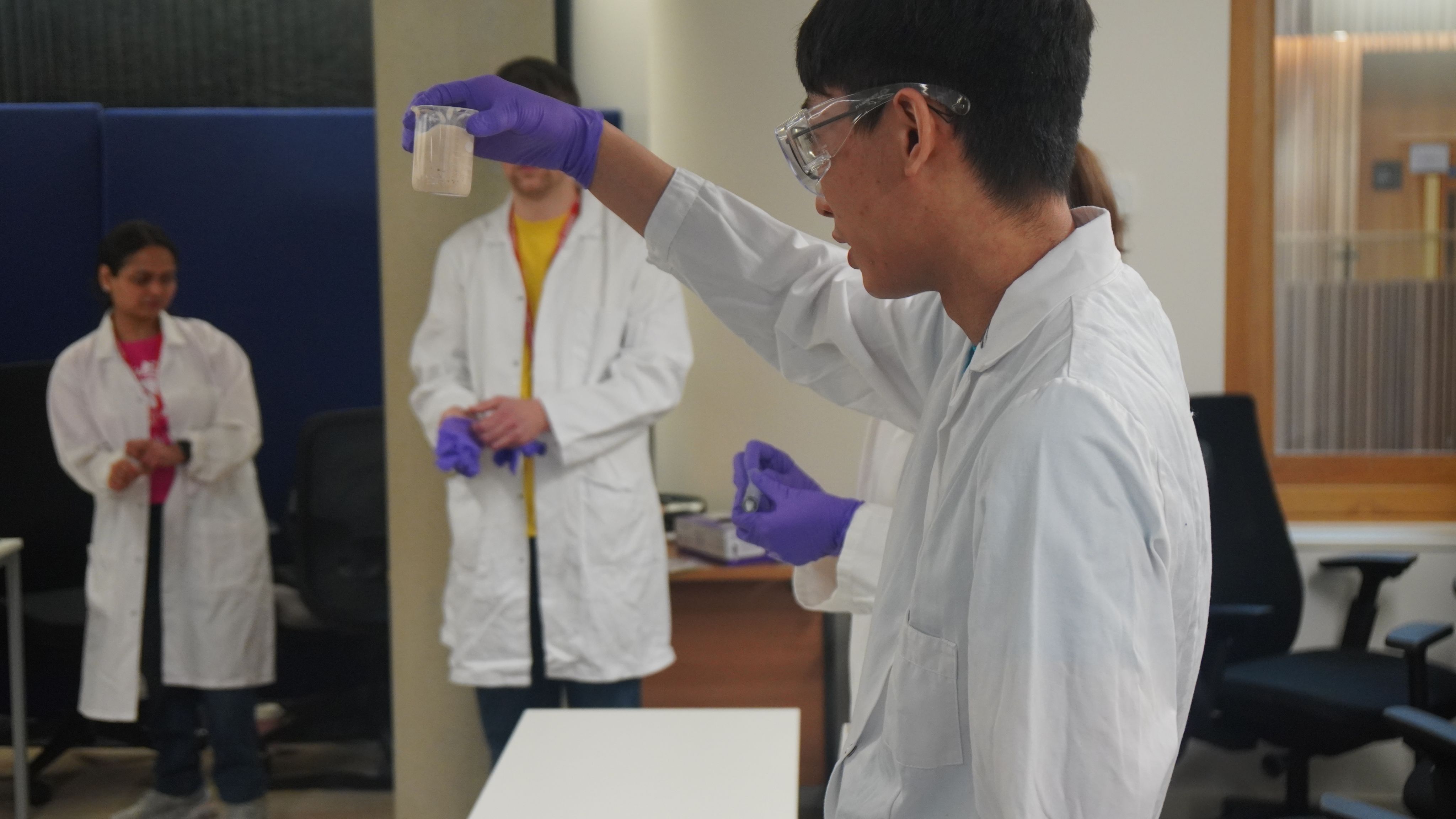
Blackberries and bright solar ideas
Participants of all ages also had the chance to build their own dye-sensitised solar cells using blackberry juice. Coating their cells with the fruit’s natural pigments, visitors learned how light could be captured and converted into electricity, creating a practical demonstration of Grätzel solar cells.
The 'blackberry' team aka Professor Sam Stranks (yellow t-shirt) and his research group, the Optoelectronic Materials and Device Spectroscopy Group
The 'blackberry' team aka Professor Sam Stranks (yellow t-shirt) and his research group, the Optoelectronic Materials and Device Spectroscopy Group
Archie’s cell, producing an impressive 342 mV, was the standout of the day. This activity not only introduced solar technology in a playful way but also linked to CEB’s current solar research, including next-generation perovskite solar cells, which could be up to two-thirds more efficient than conventional panels.
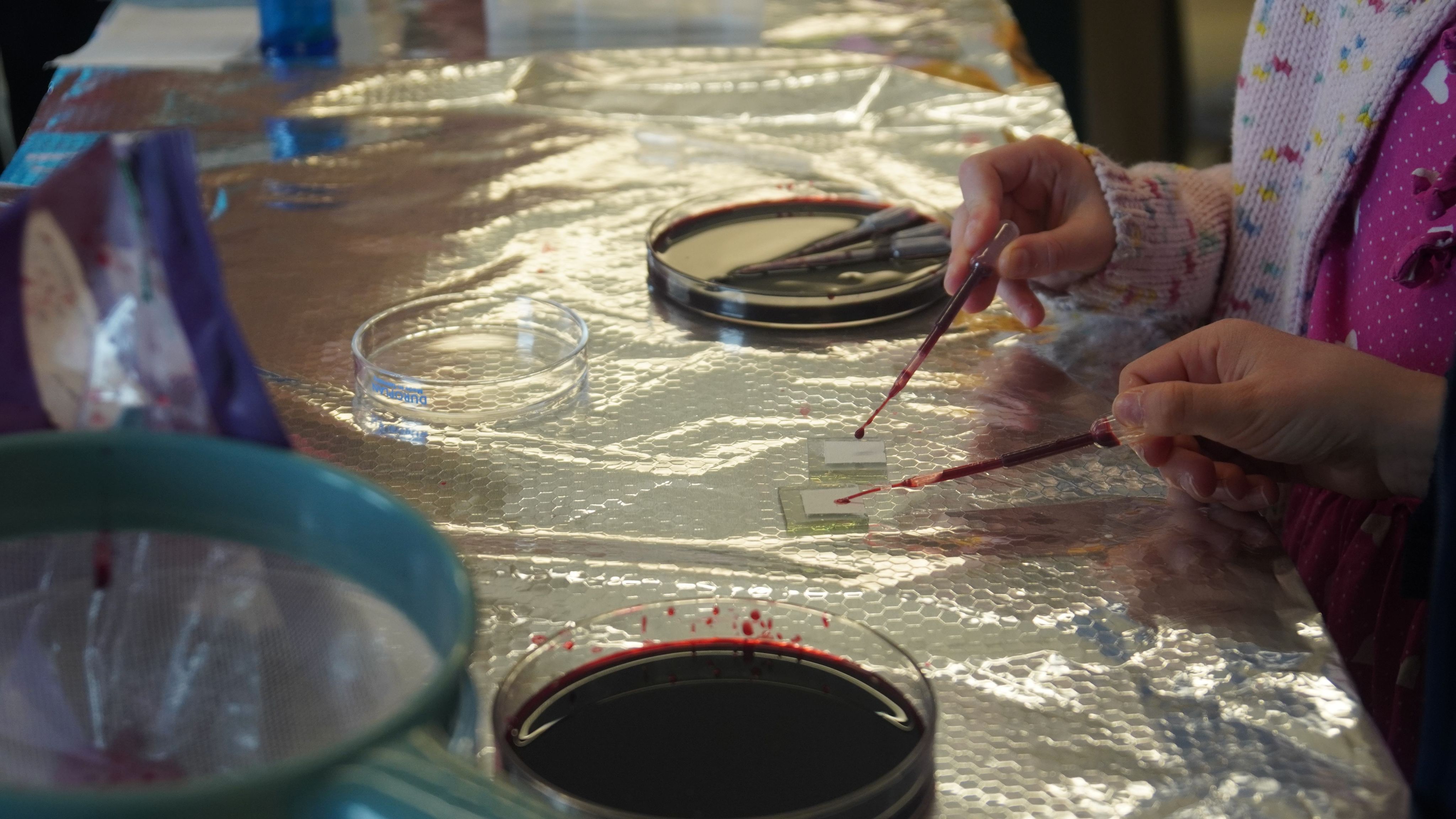

Sensors for a smarter home
For those curious about the future of home technology, the smart home model demonstrated how integrated sensor technologies can create homes that respond to light, temperature, and movement. Built and coded by students from the Sensor Centre for Doctoral Training, the model gave visitors a glimpse into the potential of smart homes and how they could soon revolutionise the way we live.
Tomorrow's cures: Game-changing molecules and innovations
Visitors interested in healthcare were also treated to an insightful talk on game-changing molecules. Gene editing, nanotechnology, and regenerative medicine were explored, showing how these technologies are being used to tackle chronic diseases and improve medical treatments. The session highlighted the ongoing work at CEB, where research is advancing the future of healthcare.
Ammonia energy for the future
Shifting the focus to clean energy, the Ammonia energy demo featured a thrilling hydrogen balloon experiment. Visitors of all ages were treated to a lively presentation where hydrogen was ignited in a dramatic explosion – loud enough to be felt in your body and all around the CEB building!
This energetic display highlighted the potential of hydrogen as a clean fuel, emphasising its role in ammonia-based energy solutions. Ammonia is a promising carrier for hydrogen, making this demonstration a perfect way to showcase the future of green energy.

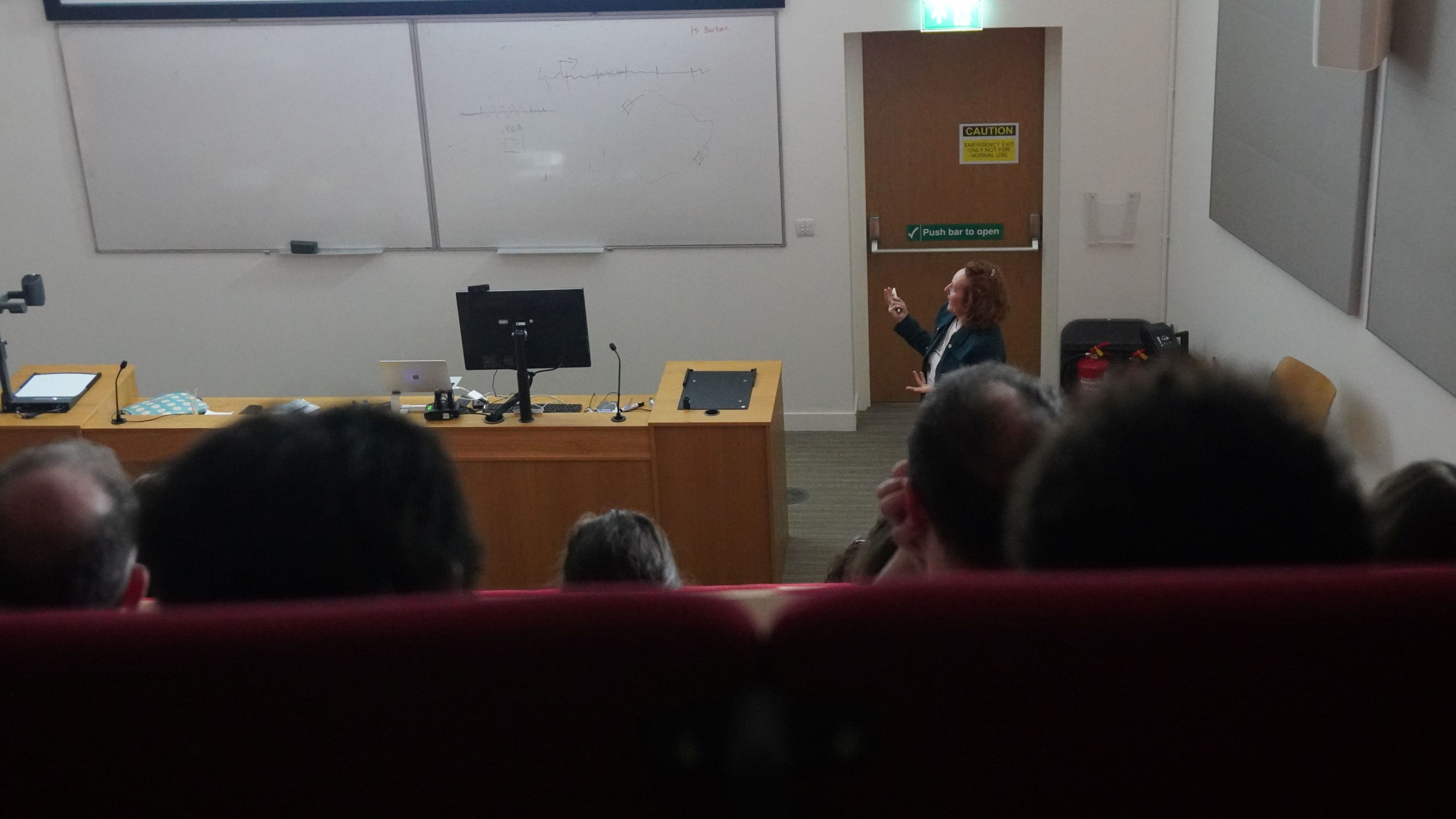
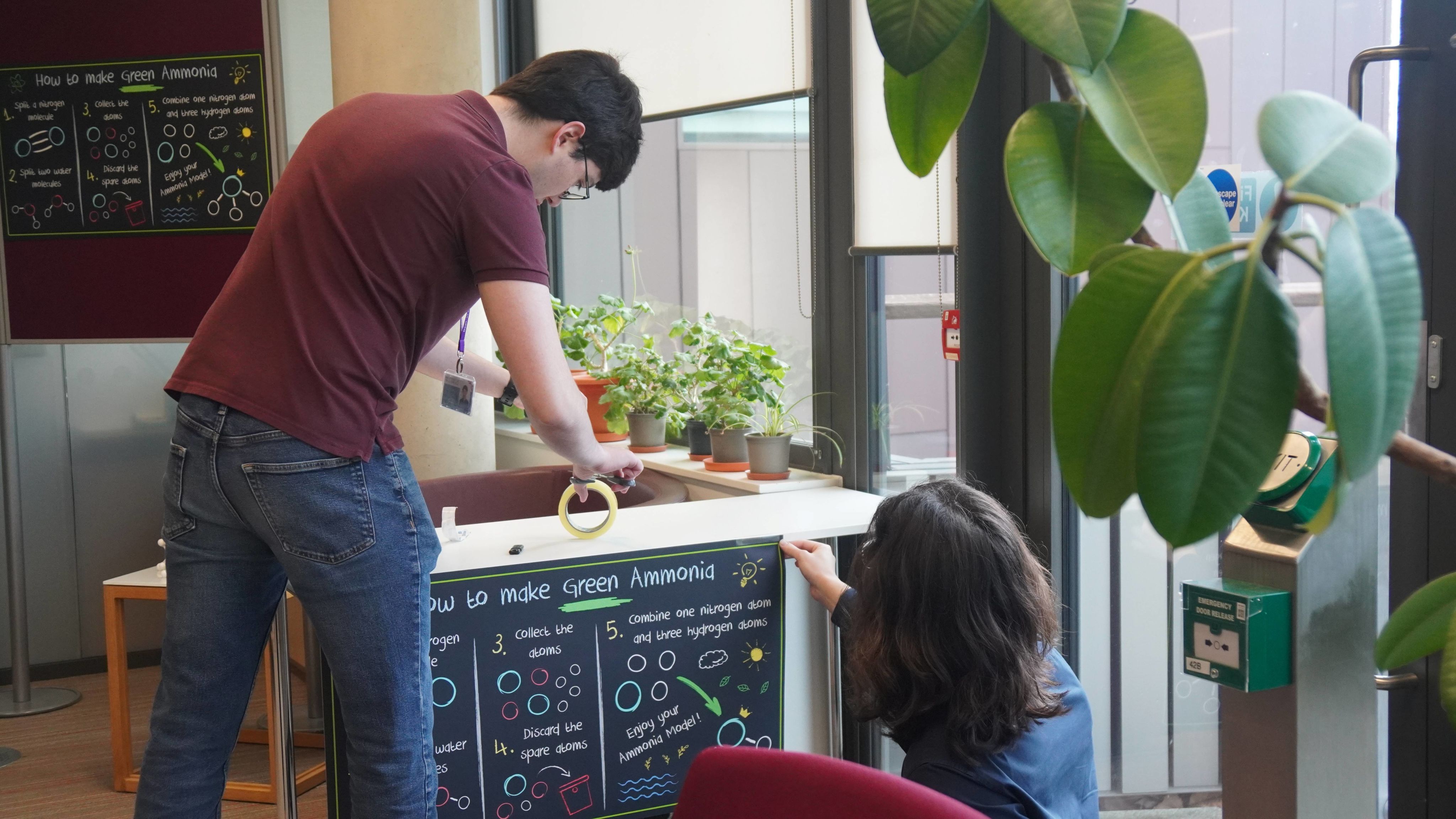
How can polymers keep your heart ticking?
In a hands-on workshop, visitors discovered the role of polymers in creating synthetic replacements for heart valves.
After learning about how the heart functions and the importance of heart valves, participants explored the work being done at CEB to develop materials that can provide viable, long-lasting alternatives for those needing valve replacements.
Art exhibition steps ahead
A unique art exhibition showcased the intersection of science and creativity, with displays featuring innovative materials and visions inspired by the research ongoing at CEB.
This exhibition, made by the Fruk Lab artist-in-residence, demonstrated how the future of science could evolve, sparking imagination while highlighting the creativity embedded within scientific progress.
Seeing the science behind colour
In an interesting talk, attendees explored how colour is created in manufacturing, such as in dyes, and the science behind these processes.
The discussion highlighted how innovations are being made to make colour production more sustainable, bringing together chemistry, engineering, and environmental concerns.
Making particles flow towards cleaner energy
For those interested in the industrial side of sustainability, the session on fluidised bed reactors showed how making solids behave like fluids can optimise manufacturing processes and reduce energy consumption.
It was a fascinating demonstration of how such technologies are improving sustainability in various industries.
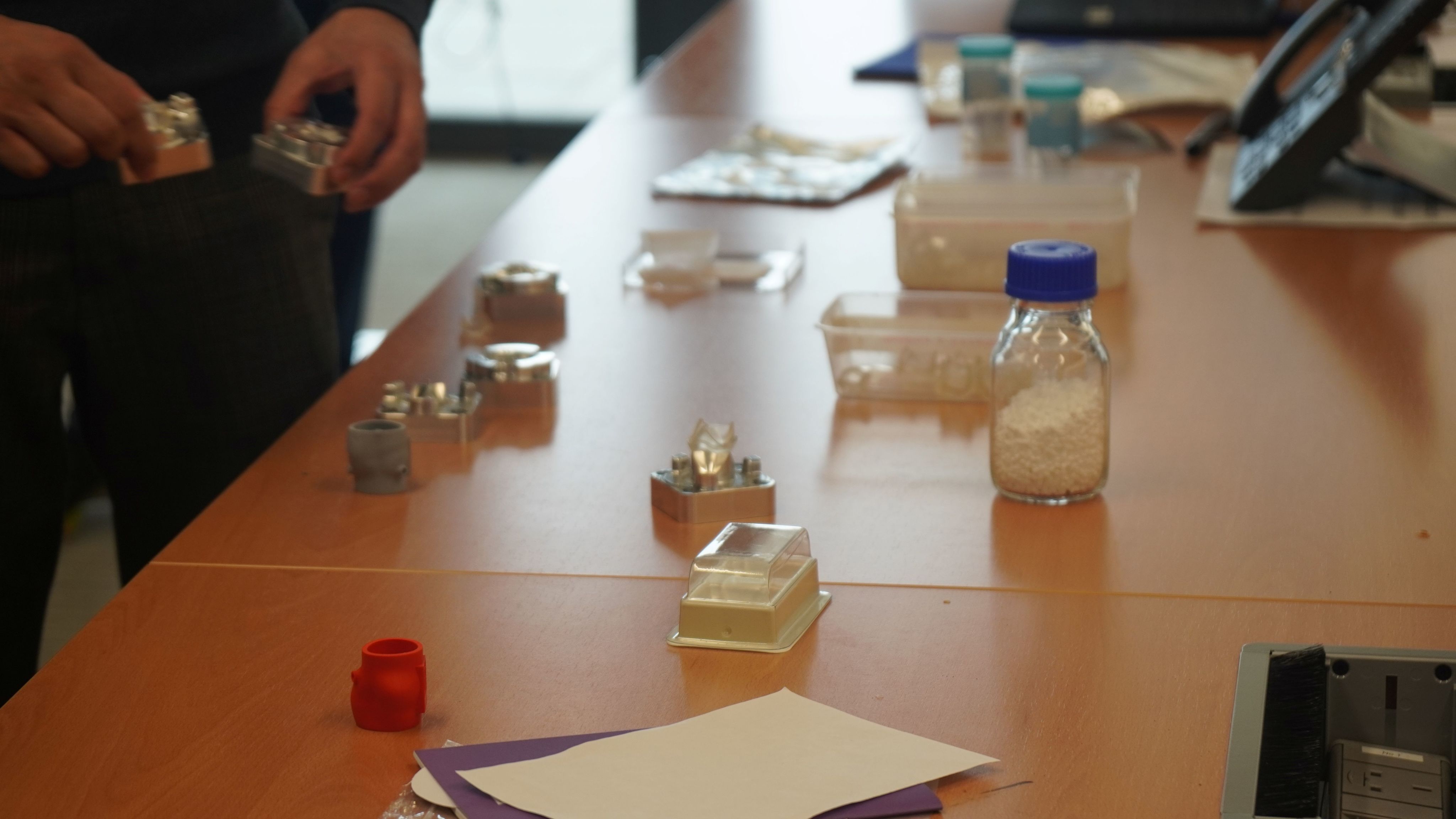
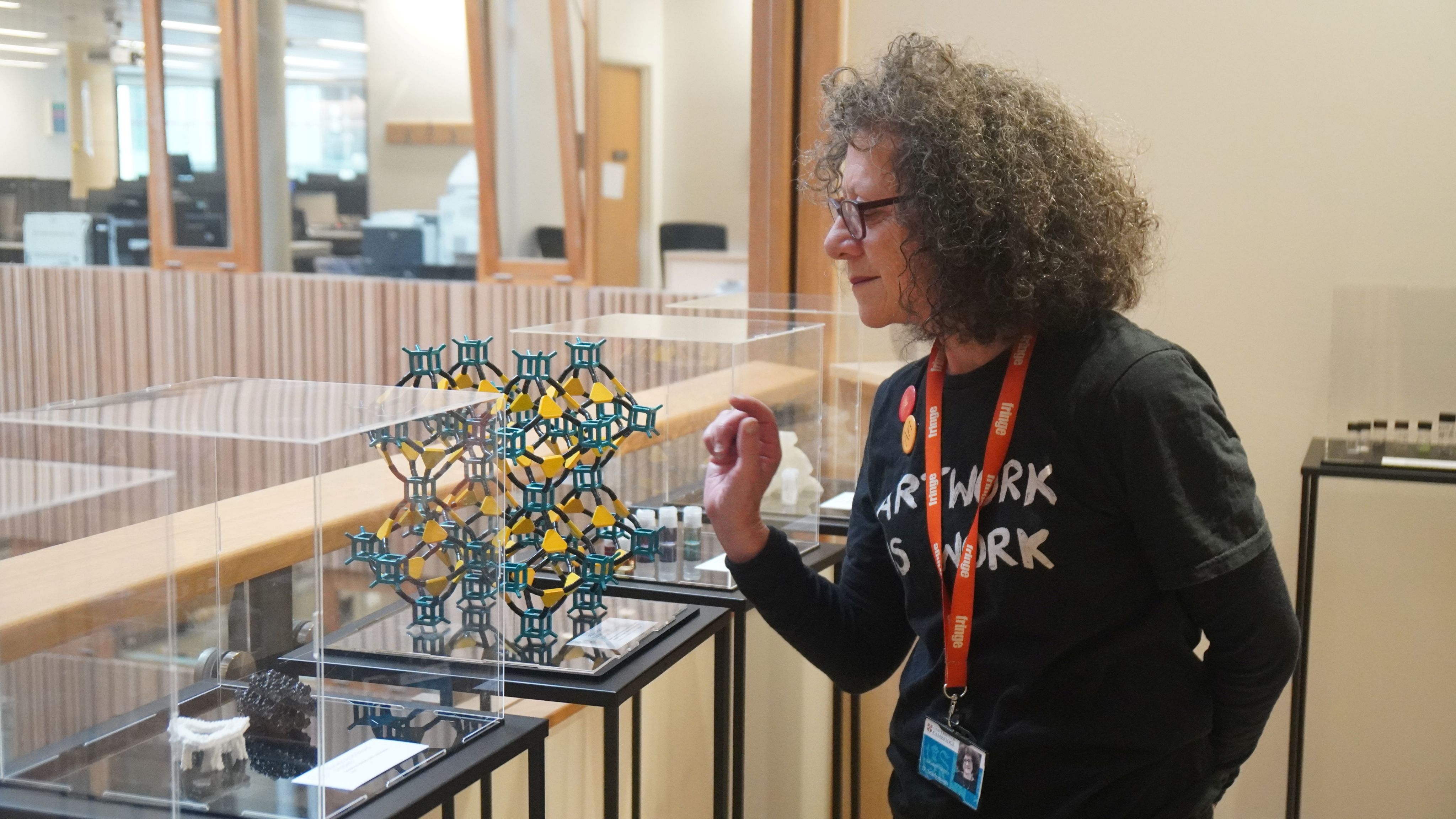
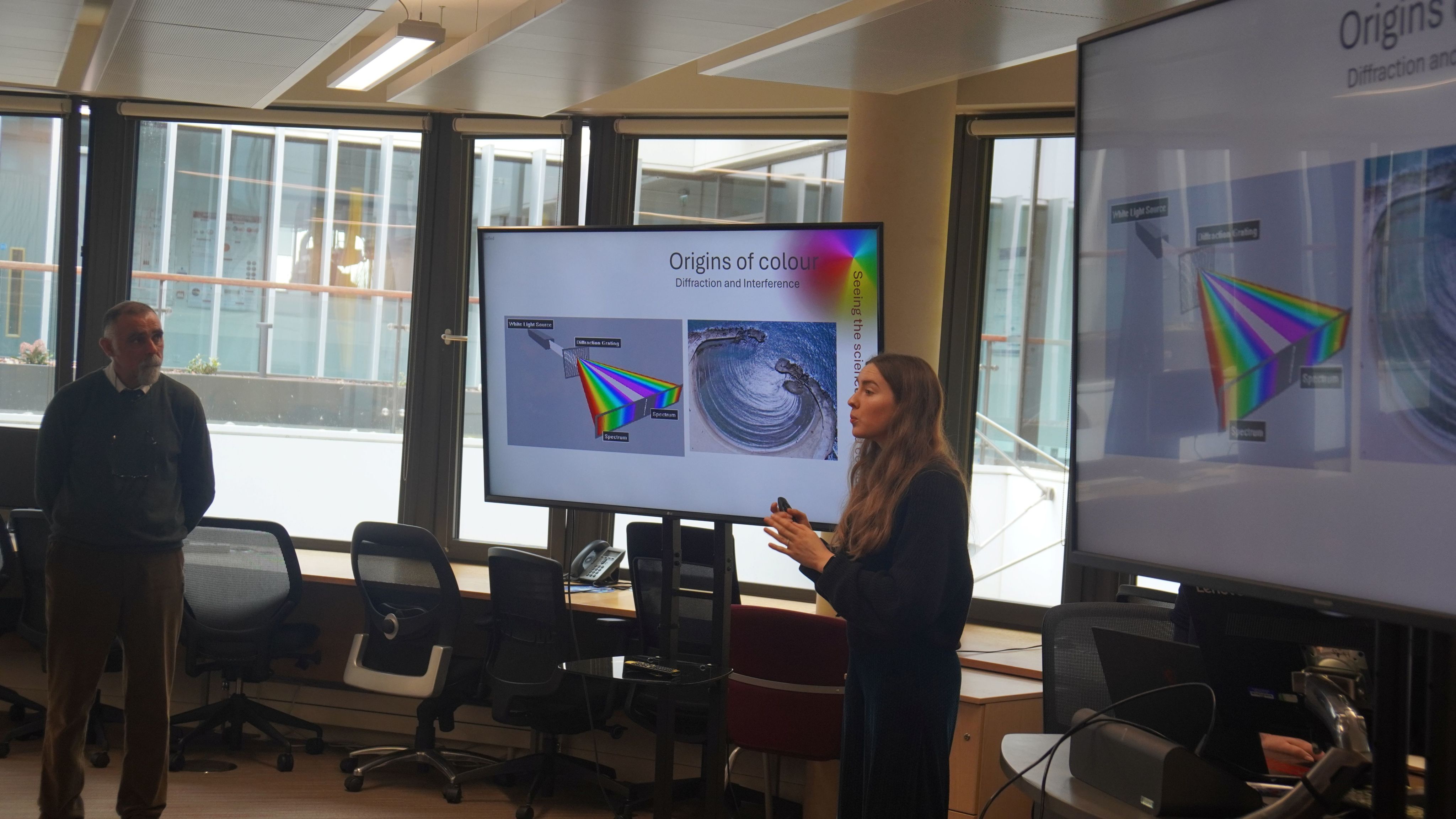
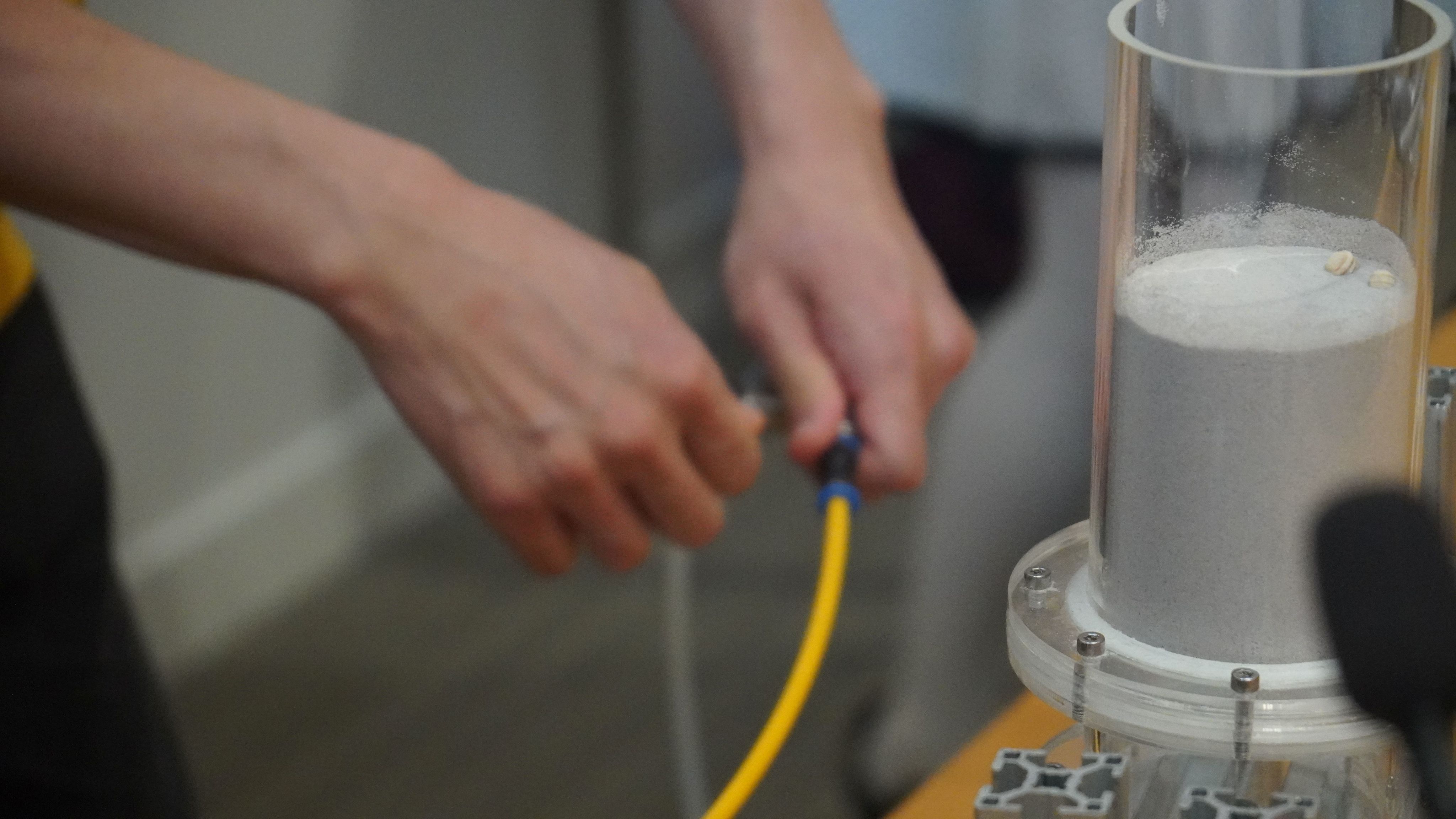
On Wednesday 26 March, CEB welcomed school groups from around the country to our Cambridge Festival Schools Day.
Students aged 11-14 (Key Stage 3) got a taste of life at the department and the opportunity to take part in three exciting activities.
Working in groups, students learned to ‘Think like an engineer’ by combining teamwork and problem solving skills to overcome a challenge set before them.
The students also had the opportunity to get hands-on with a bioreactor designed by biotechnology firm Amybo with the ‘Making sustainable food with biotechnology’ activity. Students also learned about microbial growth processes and sustainable protein production techniques that could help us tackle the challenges of feeding an ever-hungrier world.
One activity, however, proved a roaring success which even the teachers were unable to resist.
The Robot Challenge with CEB Robot Club gave students a glimpse at a different side of engineering, with the groups taking turns behind the controls of an 'antweight’ (320g) robot in a miniature football arena. The activity was not only great fun - everyone in the building could hear just how much fun they were having - but it also showcased how engineering principles can be applied across a huge range of disciplines.
Like the Saturday, the Schools Day provided vital inspiration to the next generation of chemical engineers and biotechnologists.
